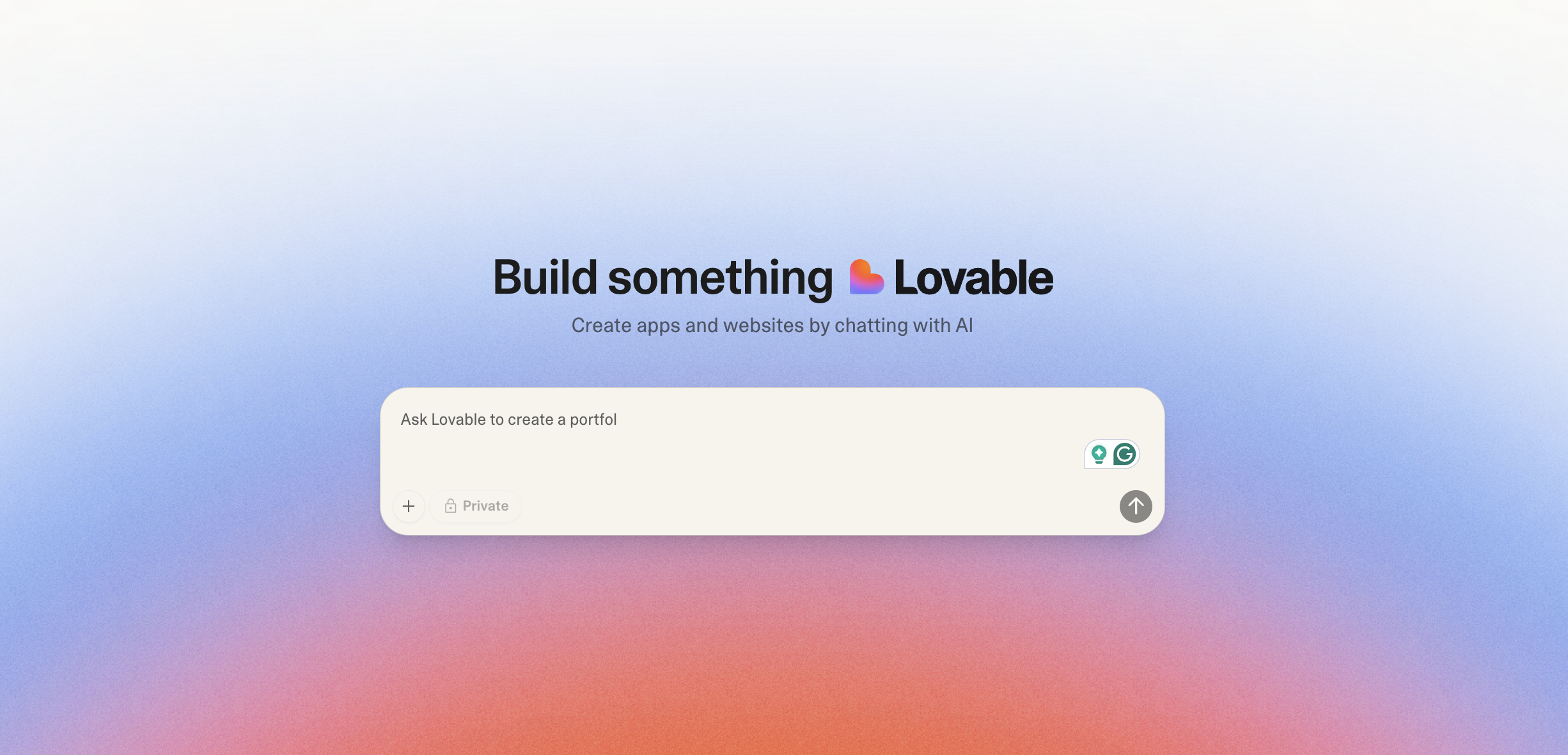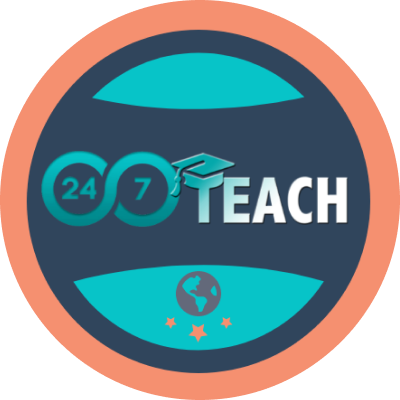Crafting an Effective Instructional Design Portfolio: A Comprehensive Guide
By: Anthony Miller
24/7 Lead Instructional Designer
Prefer to listen to this post? Click below.
A Step-by-Step Guide to Creating a Powerful Instructional Design Portfolio:
If you're an instructional designer looking to land your dream job or secure more freelance work, you need an effective portfolio. Not just any portfolio but one that clearly demonstrates your abilities and showcases your unique approach to instructional design. This guide will walk you through the process of developing a compelling portfolio that's sure to impress potential employers or clients.
Project Introduction:
Begin with an introduction to your project. This should include an overview of the project, a timeline of activities, and a list of stakeholders involved. For instance, if you designed an online course for a university, detail the subject matter, the course duration, and the key people involved, such as professors, administrators, and students.
Your role in the project should be clearly stated, and what you were responsible for should be highlighted. This clearly indicates your capacity in the project and the tasks you were trusted with.
Problem Statement:
Next, outline the problem you were trying to solve and why it was significant. How did your instructional design intervention bring value? For example, if the problem was a high drop-out rate in a course, show how your instructional design intervention increased student retention.
Research and Analysis:
Explaining your research process and how it guided your project is vital. Discuss how you gathered data through surveys or interviews and how this data informed your project goals. Your analysis phase could include identifying learning gaps or understanding learner behaviors.
Project Goals:
Quantifiable goals are essential to show the tangible impact of your work. If your project aims to achieve a specific amount of revenue, increase usage, or improve student retention, these goals should be clearly stated. Also, speak about the design process and how you ensured the project was completed on time and within budget.
Design Process:
The heart of your portfolio lies in your design process. Here, you should explain the framework you used, be it ADDIE, SAM, UVD, Agile, or another. Walking someone through your design process step-by-step is a critical skill that potential employers look for.
Learning Techniques:
Then, discuss the learning techniques you used and why they were chosen. For instance, if you used project-based learning or gamification, explain why these techniques were effective for your particular project. Be specific about how these techniques were integrated into your design.
Design Principles and Learning Models:
Provide insight into the design principles and learning models you applied. This could range from principles of adult learning to multimedia learning theories. Discussing these principles and models will showcase your theoretical grounding and ability to apply them in practice.
Learnings and Next Steps:
Reflect on what you learned from the project. This could be insights gained from evaluations, surveys, or learner feedback. Show how you used this information to improve the learning experience. Detail any next steps for the project based on these findings.
Tools Used:
Detail the authoring tools you used, emphasizing your flexibility across different tools. Whether you worked with corporate e-learning tools or higher education LMS like Blackboard, Canva, or Eduflow, show you can adapt to other technologies.
Wireframing, Storyboarding, Course Map:
Show your ability to map a course by including wireframes, storyboards, or course maps. This will demonstrate your ability to plan and design the learner's journey.
Graphics and Video:
Include examples of graphics and videos you've created. This showcases your multimedia design skills and your ability to create engaging, interactive content.
Website:
Consider creating a website to house your portfolio. This keeps your work organized and helps you build brand awareness. Squarespace is an excellent platform for this, with its clean templates and functionality.
Reflection:
Finally, reflect on your learnings from the project from an instructional design perspective. What would you do differently knowing what you know now? What new skills did you learn that will better prepare you for your next project?
Building Your Portfolio from Scratch:
There are options if you're new to instructional design and lack content for your portfolio. Consider enrolling in an instructional design boot camp like the one offered by 24/7 Teach, or engage in a design sprint. Internships and volunteer experiences can also provide you with access to real projects used by real learners and an opportunity to work in a real design team.
Additional Portfolio Components:
Beyond the core elements of your portfolio, there are additional components that can further enhance its effectiveness. These can provide a broader perspective on your skills and abilities, giving potential employers or clients a complete understanding of what you bring to the table as an instructional designer.
Testimonials and References:
Incorporating testimonials and references from previous clients, peers, or supervisors can enhance your portfolio's credibility. Positive feedback from those who have experienced your work firsthand can provide reassurance of your skills and abilities, setting you apart from other candidates.
Samples of Learning Materials:
While discussing your projects and experiences is crucial, potential employers or clients will also want to see concrete examples of the learning materials you have created. This could include things like lesson plans, instructional videos, interactive quizzes, or learning games. Be sure to choose samples that best represent your abilities and style as an instructional designer.
Certifications and Continuing Education:
Showcasing any certifications or continuing education courses you have completed can also be beneficial. This demonstrates your commitment to staying updated in the field and ensures that you are equipped with the latest best practices in instructional design.
Professional Development Activities:
If you have been involved in professional development activities like presenting at conferences, publishing research papers, or leading workshops, include these in your portfolio. These activities demonstrate your engagement with the instructional design community and commitment to contributing to the field.
Personalizing Your Portfolio:
While showcasing your technical skills and experiences is essential, don't forget to infuse your portfolio with your personality. This can be done by sharing your instructional design philosophy, discussing your passions or interests related to the field, or even including a video introduction.
Remember, your portfolio is not just a showcase of your work; it reflects who you are as an instructional designer. So, be authentic, be enthusiastic, and let your unique perspective shine through.
Final Thoughts:
Creating a robust and effective instructional design portfolio is not an overnight task. It requires careful thought, meticulous planning, and much creativity. But the effort you put into it can pay off in spades when it comes to landing your dream job or securing that perfect client. So, take the time to craft a portfolio that truly represents your skills, experiences, and passion for instructional design. And remember, your portfolio is a living document; it should grow and evolve as you do.
Suppose you don’t have the content for your portfolio. In that case, I recommend the 24/7 Teach instructional design Bootcamp, 24/7 design sprint services, Internships, or volunteer experiences which provide you access to real projects used by real learners, and an opportunity to work in a real design team to understand the soft skills needed to be successful in a design project.
Click here to see a few portfolios from the 24/7 Instructional Design Team.
Need Guidance on Navigating the Shift to Instructional Design?
Before You Go...
Discover the Unmatched 24/7 Teach Experience:
Our Instructional Design bootcamps and career coaching services have a 100% success rate. We redefine learning by immersing you in practical, hands-on projects, ensuring you acquire vital professional expertise while making a meaningful difference in your community.
Unlock your true potential today with 24/7 Teach and invest in your future.











